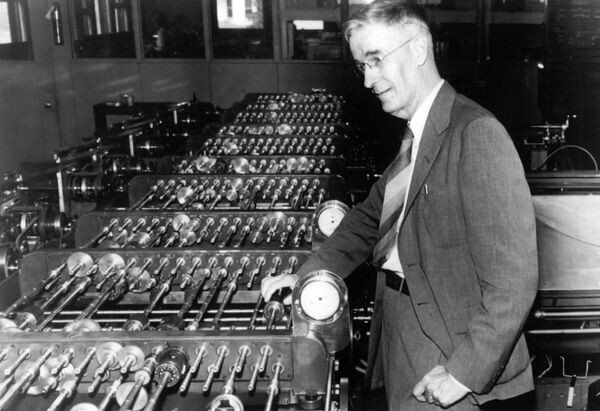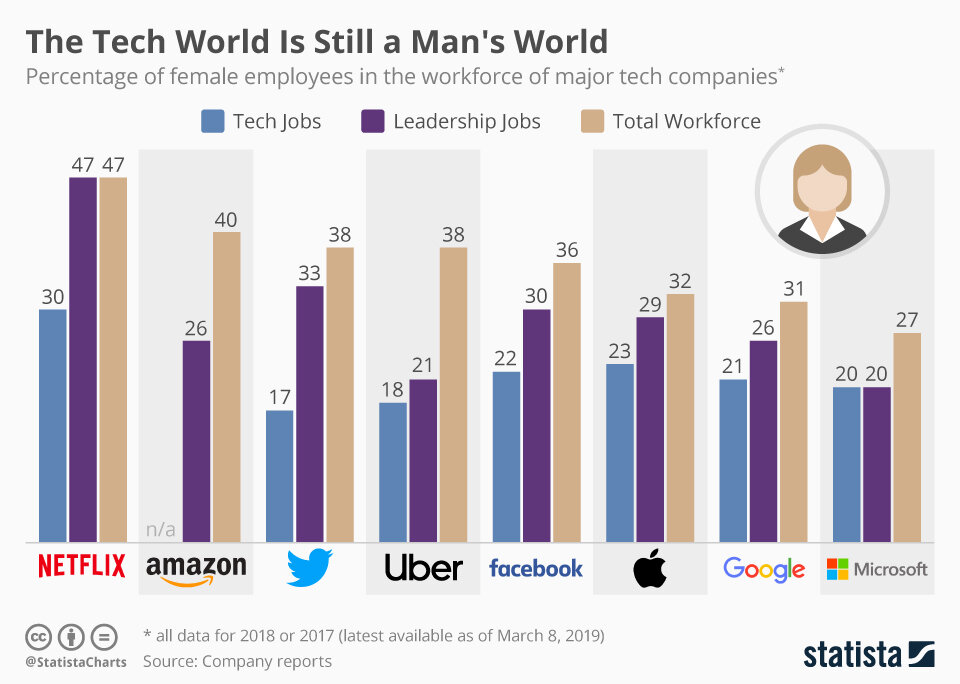Isaacson presents a comprehensive history of modern day technology, from Ada Lovelace to Larry Page. He weaves in intricate detail around the development of the computer, which provides the landscape on which all the major players of technological history wander.
Tech Themes
Computing Before the Computer. In the Summer of 1843, Ada Lovelace, daughter of the poet Lord Byron, wrote the first computer program, detailing a way of repeatedly computing Bernoulli numbers. Lovelace had been working with Charles Babbage, an English mathematician who had conceived of an Analytical Engine, which could be used as a general purpose arithmetic logic unit. Originally, Babbage thought his machine would only be used for computing complex mathematical problems, but Ada had a bigger vision. Ada was well educated and artistic like her father. She knew that the general purpose focus of the Analytical Engine could be an incredible new technology, even hypothesizing, “Supposing, for instance, that the fundamental relations, of pitched sounds in the science of harmony and musical composition were susceptible to such expression and adaptations, the engine might compose elaborate and scientific pieces of music of any degree of complexity.” 176 years later, in 2019, OpenAI released a deep neural network that produces 4 minute musical compositions, with ten different instruments.
2. The Government, Education and Technology. Babbage had suggested using punch cards for computers, but Herman Hollerith, an employee of the U.S. Census Bureau, was the first to successfully implement them. Hollerith was angered that the decennial census took eight years to successfully complete. With his new punch cards, designed to analyze combinations of traits, it took only eight. In 1924, after a series of mergers, the company Hollerith founded became IBM. This was the first involvement of the US government with computers. Next came educational institutions, namely MIT, where by 1931 Vanneaver Bush had built a Differential Analyzer (pictured below), the world’s first analog electric computing machine. This machine would be copied by the U.S. Army, University of Pennsylvania, Manchester University and Cambridge University and iterated on until the creation of the Electronic Numerical Integrator and Computer (ENIAC), which firmly established a digital future for computing machines. With World War as a motivator, the invention of the computer was driven forward by academic institutions and the government.
Business Themes
Massive Technological Change is Slow. Large technological change almost always feels sudden, but it rarely ever is. Often, new technological developments are relegated to small communities, like Homebrew computing club, where Steve Wozniak handed out mock-ups for the Apple Computer, which was the first to map a keyboard to a screen for input. The development of the transistor (1947) preceded the creation of the microchip (1958) by eleven years. The general purpose chip, a.k.a. the microprocessor popped up thirteen years after that (1971), when Intel introduced the 4004 into the business world. This phenomenon was also true with the internet. Packet switching was first discovered in the early 1960s by Paul Baran, while he was at the RAND Corporation. The Transmission Control Protocol and Internet Protocol were created fifteen years after that (1974) by Vint Cerf and Bob Kahn. The HyperText Transfer Protocol (HTTP) and the HyperText Markup Language (HTML) were created sixteen years after that in 1990 by Tim Berners-Lee. The internet wasn’t in widespread use until after 2000. Introductions of new technologies often seem sudden, but they frequently call on technologies of the past and often involve a corresponding change that address the prior limiting factor of a previous technology. What does that mean for cloud computing, containers, and blockchain? We are probably earlier in the innovation cycle than we can imagine today. Business does not always lag the innovation cycle, but is normally the ending point in a series of innovations.
Teams are Everything. Revolution and change happens through the iteration of ideas through collaborative processes. History provides a lot of interesting lessons when it comes to technology transformation. Teams with diverse backgrounds, complementary styles and a mix of visionary and operating capabilities executed the best. As Isaacson notes: “Bell Labs was a classic example. In its long corridors in suburban New Jersey, there were theoretical physicists, experimentalists, material scientists, engineers, a few businessmen, and even some telephone pole climbers with grease under their fingernails.” Bell Labs created the first transistor, a semiconductor that would be the foundation of Intel’s chips, where Bob Noyce and Gordon Moore (yes – Moore’s Law) would provide the vision, and Andy Grove would provide the focus.






